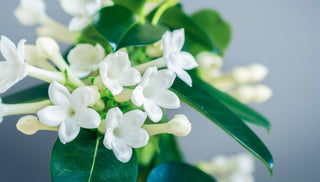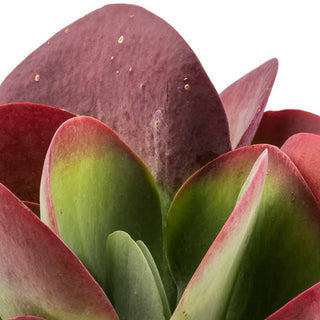☘ Origin: Madagascar
☘ Family: Arecaceae
☘ Botanical Name: Ravenea rivularis
☘ Common Name: Majesty Palm
Symbolism: The Palm branch is a symbol of victory, peace, and eternal life originating in the ancient Near East and Mediterranean world.
🍃 Shop Your Majesty Palm Today!
🔆 Light
Majesty Palm likes a lot of light, so much so that they will be happiest near a sunny window. To thrive indoors, your Majesty Palm loves (6-8) hours of bright light per day. Plants that are stretching and bleached should be moved into a brighter spot, but don't expose them to full sunlight.
Give your plant a turn every few days to expose all sides to light for even growth from all sides.
💧 Water
Keep the soil evenly moist, but not waterlogged. Don't allow the Palm's soil get too dry between waterings as it might cause loosing the lower leaves.
Not sure if your Majesty Palm is getting too much or too little water? here’s an easy way to tell. If the fronds begin drying out at the tips and it moves down the leaf, causing the leaves to brown, the Palm is too dry. If the leaves turn yellow, the soil may be too wet.
To give your plant the absolute best, room-temperature rainwater and bottled spring water are your best options. Any water containing sugar or salt will hurt your plant!
☁️ Humidity
It prefers high humidity. Indoor air can become extremely dry in the winter, running a humidifier can make the plants happier. Misting the plant daily using filtered-water will also ensure it gets the humidity it craves.
🌡️ Temperature
Majesty Palm will grow fairly well in temperatures between (18-30°C).
🧴️ Food
Palms houseplants are slow growing plants and not heavy feeders. Feed monthly in spring and summer during the growing seasons with a special fertilizer, and don't feed during the winter.
🐾 Toxicity
Non-Toxic to Dogs, Non-Toxic to Cats, Non-Toxic to Horses according to ASPCA.
➕ Additional Tips
Protect your Majesty Palm from pests, such as spider mites, by regularly fertilizing and keeping an eye out for signs of an attack. Good humidity can help keep spider mites at bay, as can misting with water regularly. Wipe the undersides of the leaves with a moist rag also helps keep spider mites from being a problem.
Applying Epsom salts once a month will supply adequate magnesium and prevent the yellowing of the leaves. Plants might also require supplemental iron to prevent additional yellowing and leaf loss. Follow the product label instructions for the application of iron.



